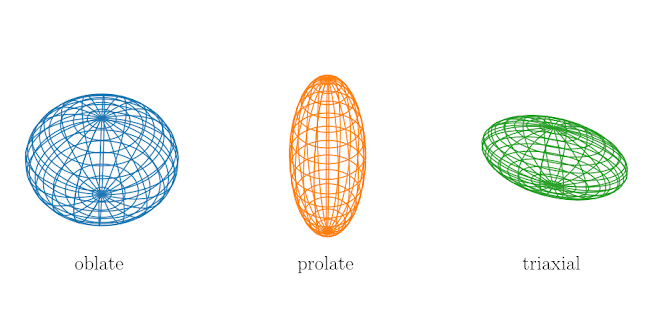3. Environmental quenching, efficient out to 2R_vir
Title: Environmental quenching of low-mass field galaxies
Authors: Sean P. Fillingham, Michael C. Cooper, Michael Boylan-Kolchin, James S. Bullock, Shea Garrison-Kimmel, and Coral Wheeler
Status: Published in MNRAS, 2018
To Kill a Galaxy
There are two basic ways to stop galaxies from forming stars -- either the existing star-forming material (cold gas) is put beyond use or the galaxy is cut off from the reservoir that allows it to replenish itself as it continues to form stars. Of course, there are nuances to each of these quenching scenarios.Usable material might be stripped (by interactions with other galaxies, an environmental process) or ejected (by supernovae or AGN, local processes) or previously cold, neutral gas could be dynamically heated or ionized. Very different mechanisms can lead to the same outcome with little way to retroactively disentangle their influence. For some studies, like this one, the specifics are unimportant. The goal is to nail down the quenched fraction -- what portion of the overall population is no longer forming stars -- among isolated galaxies in the field.
Bad Neighbors
Fillingham et al. use the Exploring the Local Volume In Simulations (ELVIS) suite of simulations to trace the kinematic histories of dark matter subhaloes. While unspecific about their criteria for a galaxy to be considered in the field, the authors have stringent restrictions on quenching. Within the observational sample they use for comparison, if the information is available and the HI gas fraction falls below 0.2, the galaxy is considered quenched; otherwise, they make a morphology-based determination -- if the galaxy is elliptical (lower limit) or, as an upper limit, if the galaxy is transitional or elliptical it is classified as no longer forming stars. Within the simulations, the quenching criteria vary depending upon the model -- with the 'ram pressure-like' Rquench model, any subhalo that crosses Rquench becomes passive and with the 'starvation-like' τquench model, subhaloes that remain in the host halo for τquench become passive.
Because the authors trace the kinematic history of their simulated galaxies, there are means of determining if/when field galaxies were in the host halo. Dwarf galaxies that end up isolated after first being in proximity to their host galaxy are part of a backsplash population, which will bear evidence of that interaction.
Without knowing how stringent their designation of the field is, it's hard to directly compare these results to other works. Within 2 Rvir, though, environmental quenching alone is consistent with observations. Outside of that radius -- where environmental quenching is not actively happening and it's unlikely that the dwarf is a backsplash galaxy -- self-quenching mechanisms and local processes such as feedback must be in play to explain the small, but not insignificant quenched fraction.


Comments
Post a Comment